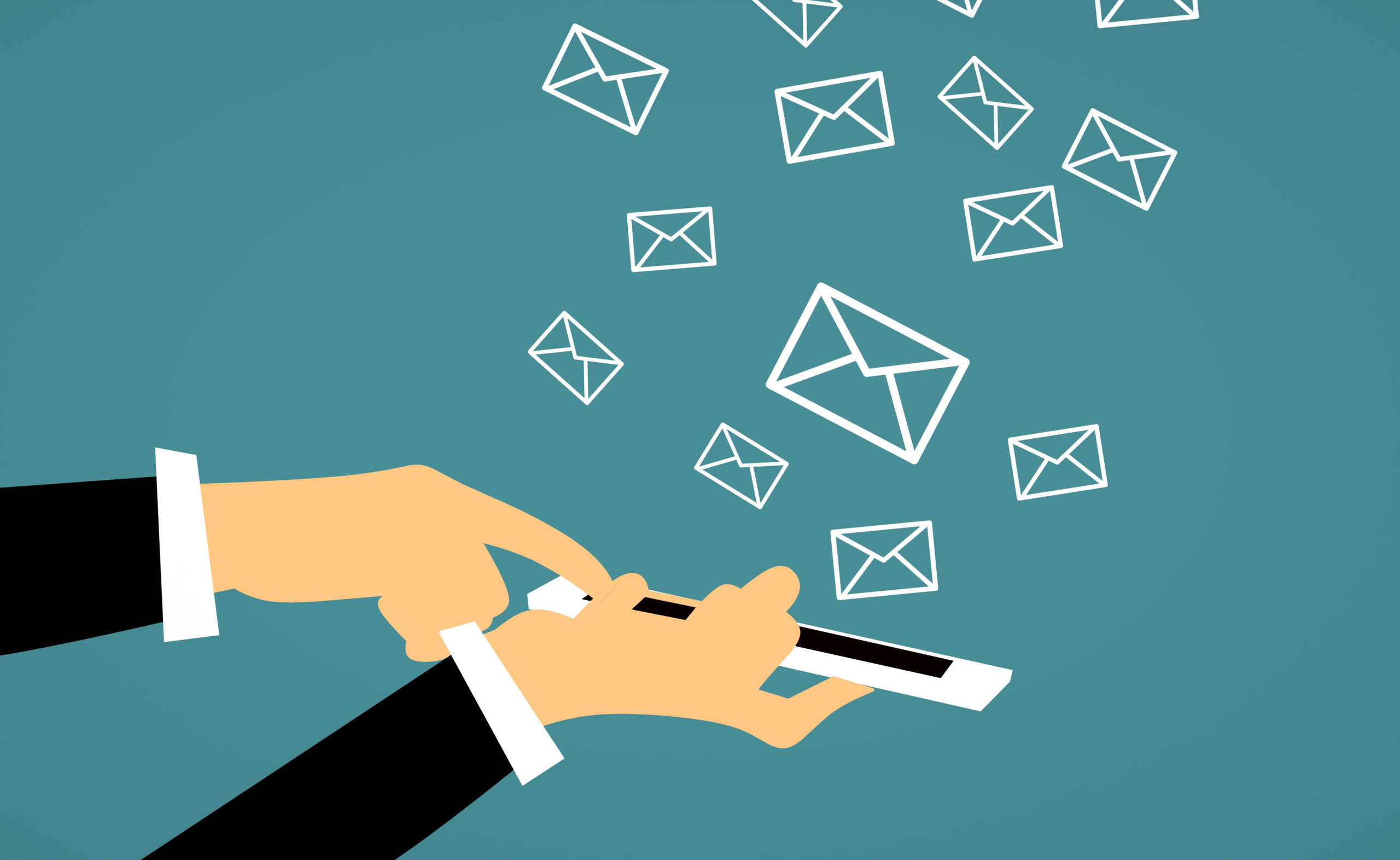5 Things You Should Do In Your Donor Thank You Email

The following is a guest post from Kindful, a nonprofit software company that helps you organize your data and manage your donors better.
When it comes to prioritizing different donor connection points, the donor thank you email should be near the top of your list. This is the moment when you get to interact with someone who has already bought into your mission enough to make an investment. You no longer have to convince them to get on board.
You should, however, do your best to convince them to continue supporting your work, and the donor thank you email is a great opportunity to make them feel seen and appreciated. Taking some extra time to craft a personalized email will help build a relationship that can last a lifetime.
With that in mind, here are five things to do in your donor thank you email.
- Use the donor’s name in the subject line and greeting.
Even if this is an automated email, you can make it personal just by including the donor’s name. If they feel like you see them as a person and not just Donor #3074, they’re more likely to be willing to continue the relationship.
Here are a few examples of subject lines:
We’re so grateful for your support, Ronnie!
Thanks for helping us build a new school, Jim!
Ariel, your gift is changing lives.
- Confirm the donation was received.
Sometimes there’s a technology glitch. Sometimes checks get lost in the mail. Providing confirmation that you received the donation helps set the donor’s mind at ease. It also gives them the opportunity to confirm the amount is correct.
Put the confirmation right at the beginning of the email and keep it simple. Here’s an example of how you can do that:
Dear Ronnie,
Thank you so much for your $25 donation on October 24!
- Tell them why the donation is appreciated.
This is also a chance to remind them of your mission and why you do the work you do. Share a statistic about the population you serve and how you’re working to change that number then thank them for supporting your ongoing efforts with their donation. You’ll get more detailed in the next part, so keep this focused on the big picture.
Here’s one way to do that:
As you know, 1 in 5 adults in the U.S. will be diagnosed with a mental illness during their lifetime. With your support, we’re connecting them to the hope and help they need and deserve.
- Tell them how their donation will be put to work.
Give your donors specific information about how their money will impact the people you serve. They will feel more directly connected to the work, making them more likely to donate again in the future. Remember to make sure this impact statement matches up with any designations they may have made about how their donation should be used.
Here’s how you could do that:
Your donation will help us purchase two tablets for a classroom at Booker T. Washington Elementary School. Teachers have been using these tablets to facilitate interactive lessons to help improve their students’ word recognition and reading comprehension scores.
- Give them the opportunity to expand their support.
Once you’ve thanked your donor and helped them to see what their donation will accomplish, it’s time to invite them to become further involved with your organization. This might look a little different for different types of donors.
For first-time donors:
Invite them to double their support by checking to see if their employer will match their donation. Most people don’t think about this as an option, but once they do, it might inspire them to continue giving.
For donors who have given multiple times:
Invite them to expand their impact by becoming monthly supporters. Use their past donation amounts to suggest a monthly donation and show how it would be put to work. Alternatively, show them how recurring giving helps the organization operate more efficiently.
For long-time monthly donors:
Invite them to increase their monthly donation amount. Most people set up a recurring donation and then forget about it. After 12 to 18 months, show them what an extra $10 per month could help you accomplish. Then make it easy for them to increase their donation amount.
For all donors:
Invite them to get involved in other ways. Do you have opportunities for them to volunteer? Can they help spread the word about your organization on social media? Are you recruiting fundraisers for a peer-to-peer campaign? The more involved a donor becomes, the more likely they are to continue supporting the organization.
Remember: By making a donation, your donors have proven themselves to be open to a relationship with your organization. Be sure to use your donor thank you emails as relationship-building tools for donor communications, and you’ll start to build the relationships your organization needs to thrive.
who subscribe to our free, email newsletter. It’s information that will empower your nonprofit!
Comments (3)
Comments are closed.

This is brilliant. It’s so helpful and really professional way of approaching a letter. Thanks
Well appreciated and fruitful advice as I’m currently contemplating in forming a nonprofit to give a helping hand to the underprivileged.
I find your articles extremely helpful. As a newly formed nonprofit, I appreciate the wealth of information you share.
Thank you.